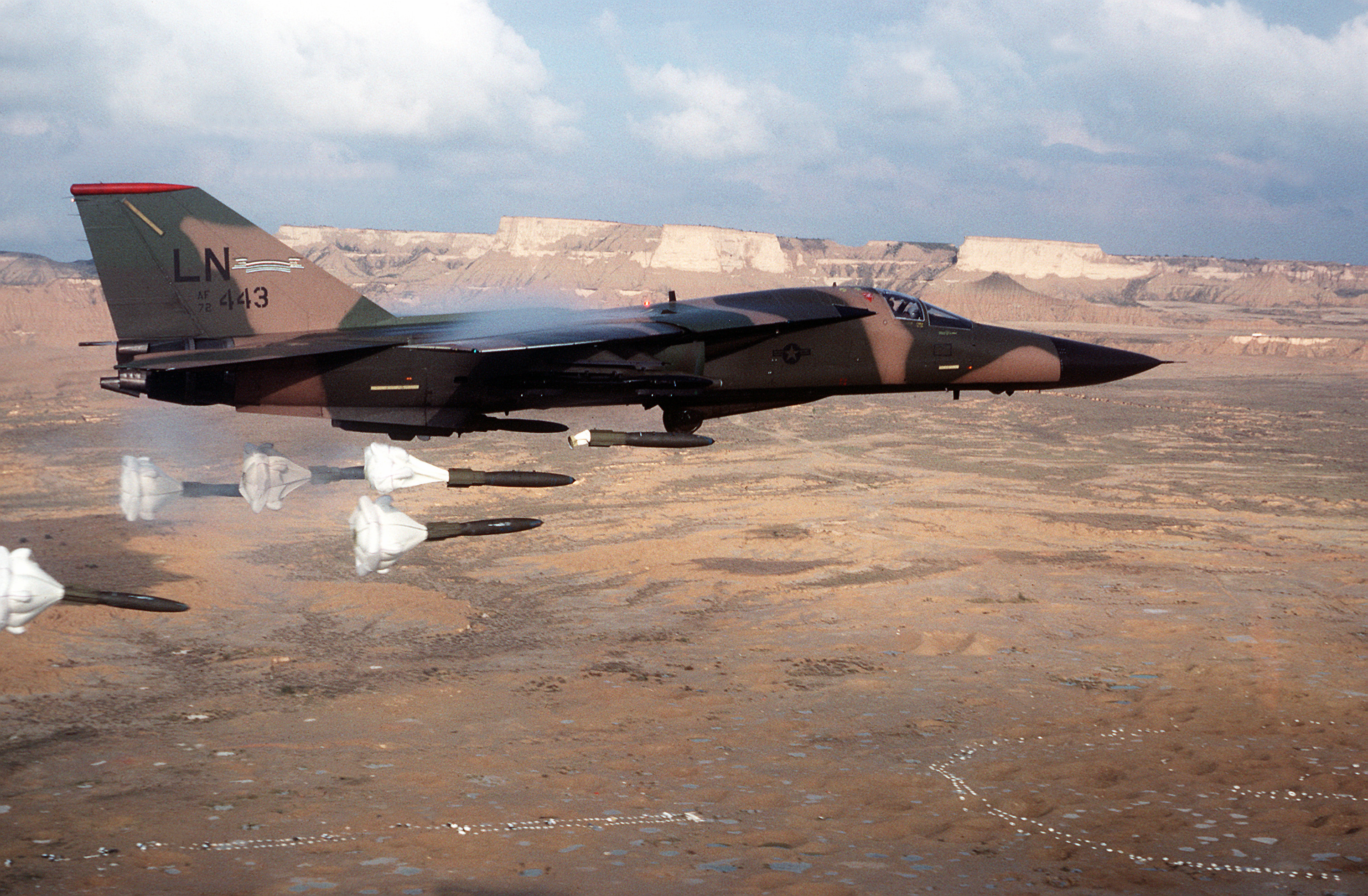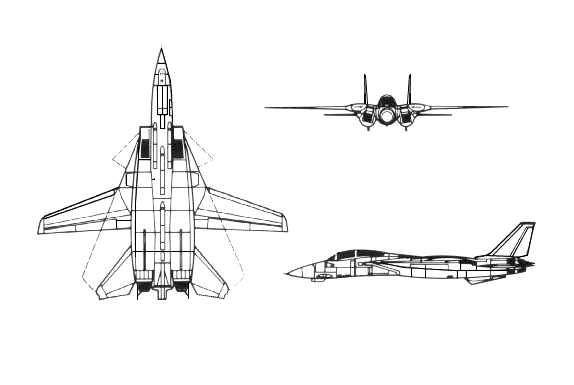A problem with aircraft, primarily jet fighters, is that when executing a fast turn, the wings are put under extreme forces. This force, known as G’s is the aircraft’s acceleration compared to its free-fall. To elaborate 1 G is a person sitting down at sea lavel. An F-16 fighter can pull about 9 G’s at around Mach 2+. In the early days of flight, as people pursued higher and higher speeds, it was quickly apparent that aircraft would need different wing sizes and shapes depending on their speeds. Geoffrey T Hill looked to seagulls and their moving wing tips when in 1924 when he designed the Westland-Hill Pterodactyl 1, the first aircraft with variable wings. Only the tips could change position, but this innovation allowed the Pterodactyl to overcome stalling and rolls.
The idea of variable wings was toyed with repeatedly in the following decades, but it wasn’t until the waning years of WWII that the idea was seriously revisited. Some birds are known to change the whole shape of their wing, in order to achieve greater high speed mobility, and to achieve faster speeds. The jet fighter Messerschmitt P1101,

which was never mass produced, had fully variable wings that could only be changed before takeoff. The US after the war expanded on the idea with the Bell X-5,

another experimental plane and its in flight fully adjustable wings, which allowed it to make faster turns than normal fixed wing aircraft. The first production variable-wing aircraft was the F-111,

which was succeeded by the F-14.

These aircraft had superior high speed mobility compared to their fixed wing competitors, and the variable wings made them multi-capable fighters. The idea of variable wing aircraft soon spread to other countries, and even to this day, many countries’ primary fighters are variable wing aircraft such as the Panavia Tornado, Sukhoi Su-24, and the MiG-23.
Sources:
Wikipedia articles:
Westland-Hill Pterodactyl
Variable-sweep wing
F-111 Aardvark
Grumman F-14 Tomcat
3 Comments
Lorena Barba posted on October 6, 2011 at 8:10 pm
Rather tangentially related to our course discussions, but you did throw in there the designer’s inspiration on seagulls!
Matthew Farmer posted on October 6, 2011 at 8:24 pm
I meant to talk more about how the swept wings mimic birds, but I couldn’t find a viable video
Air Enthusiast posted on October 10, 2011 at 11:19 pm
On a bigger scale is the Rockwell B-1 and Tupelov Tu-160.
The Russians even applied it to aircraft which were already in service – e.g. Su-7 -> Su-17